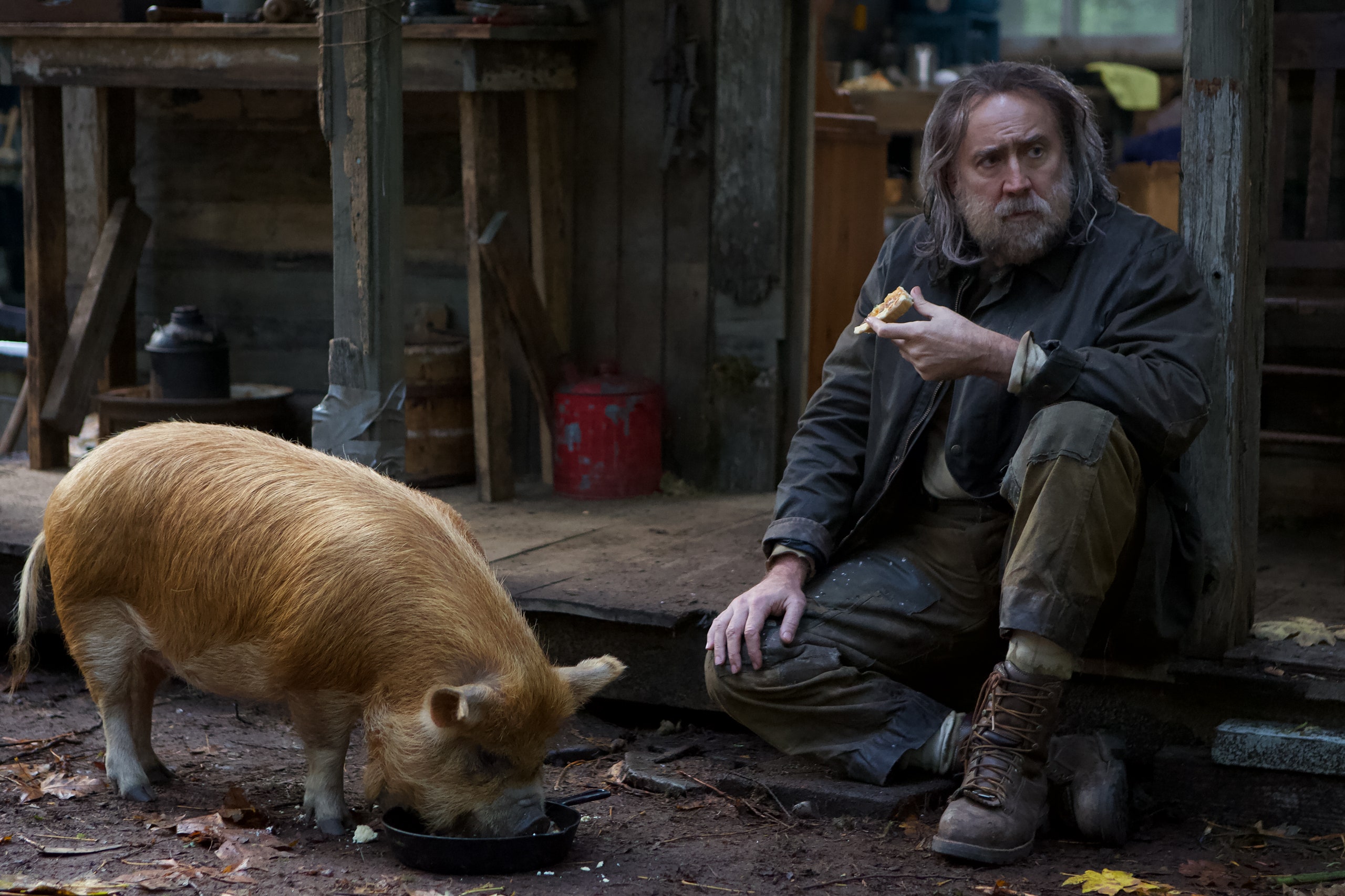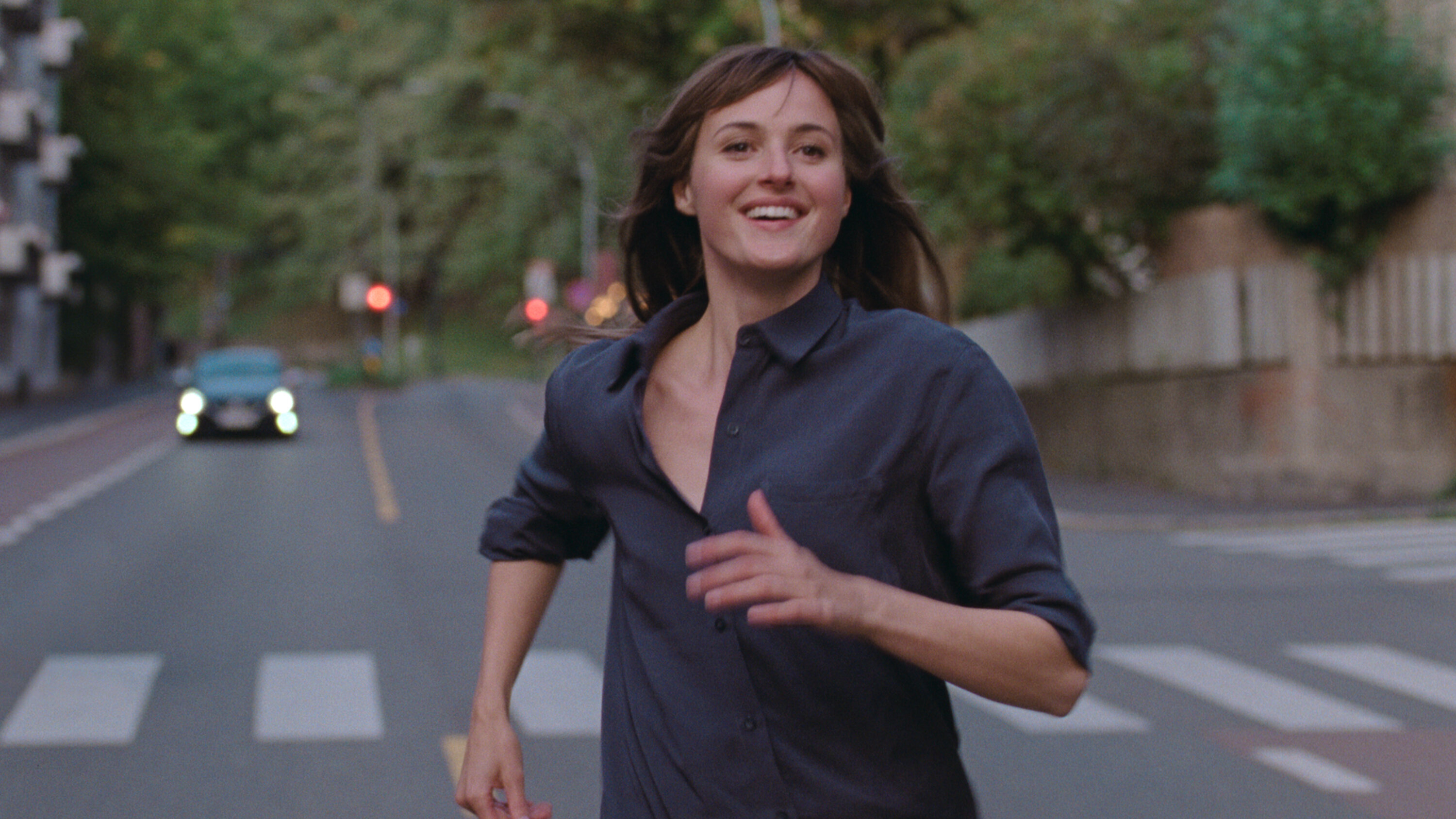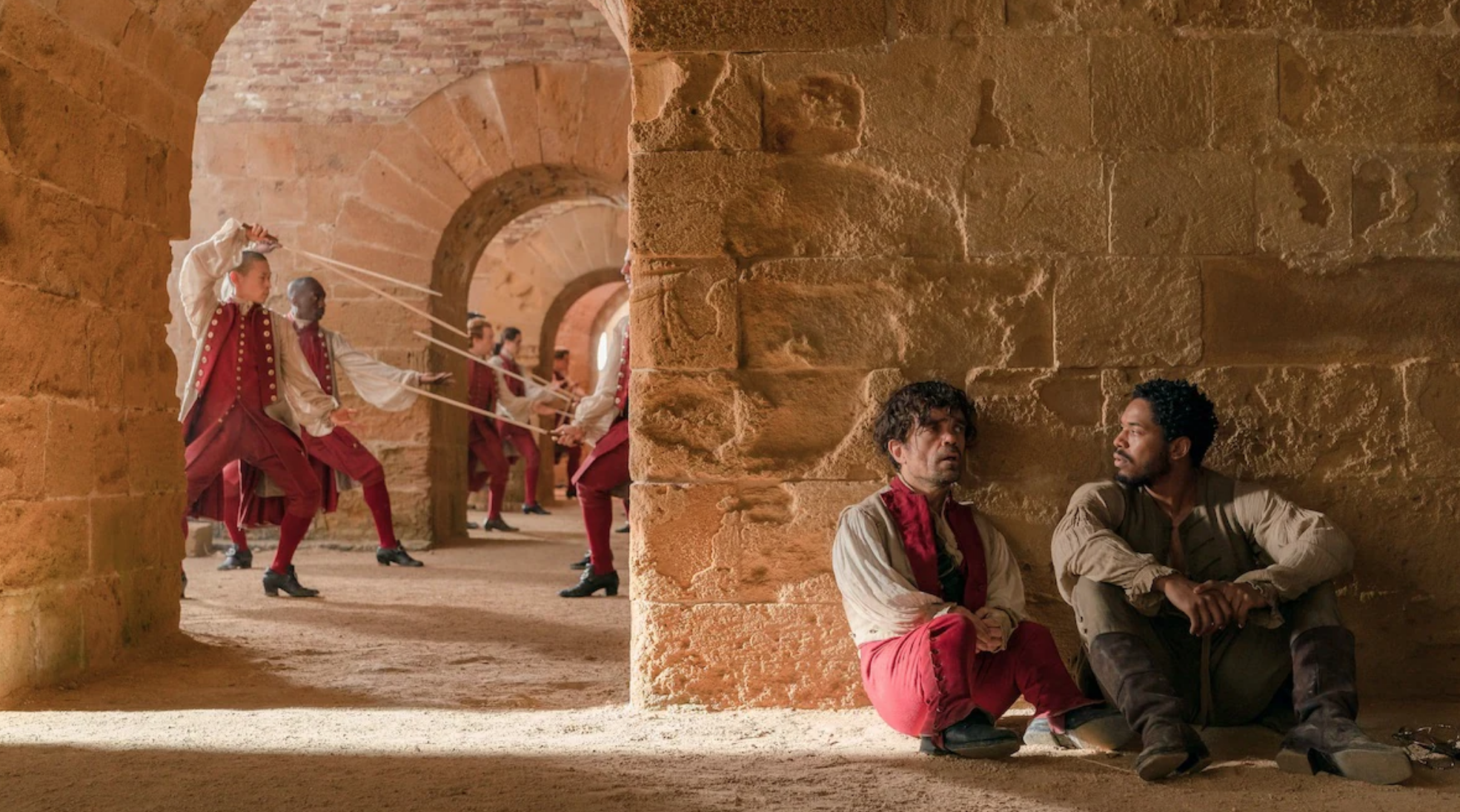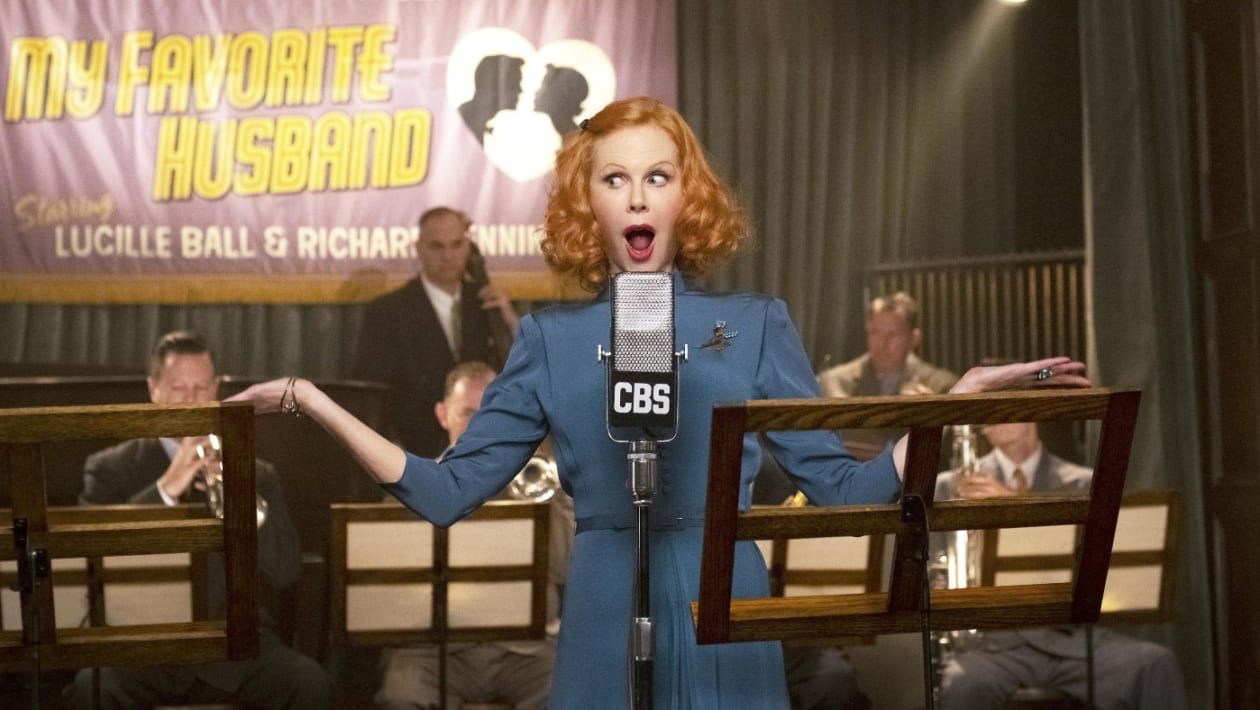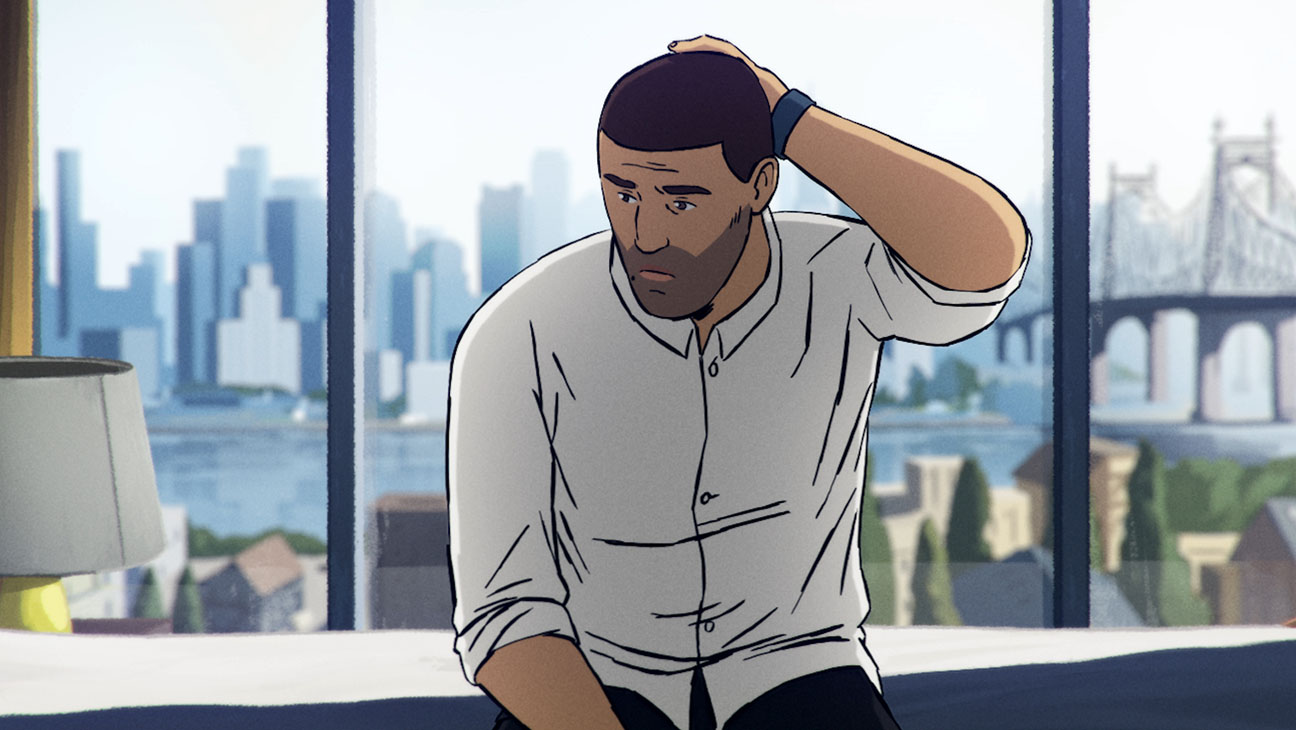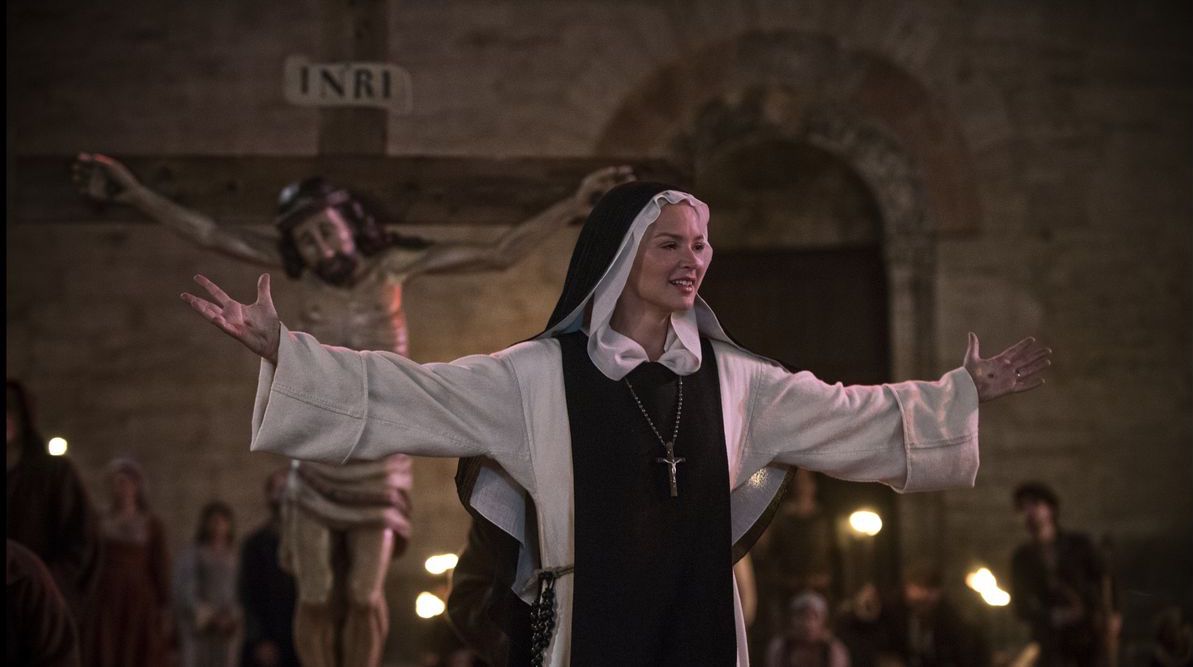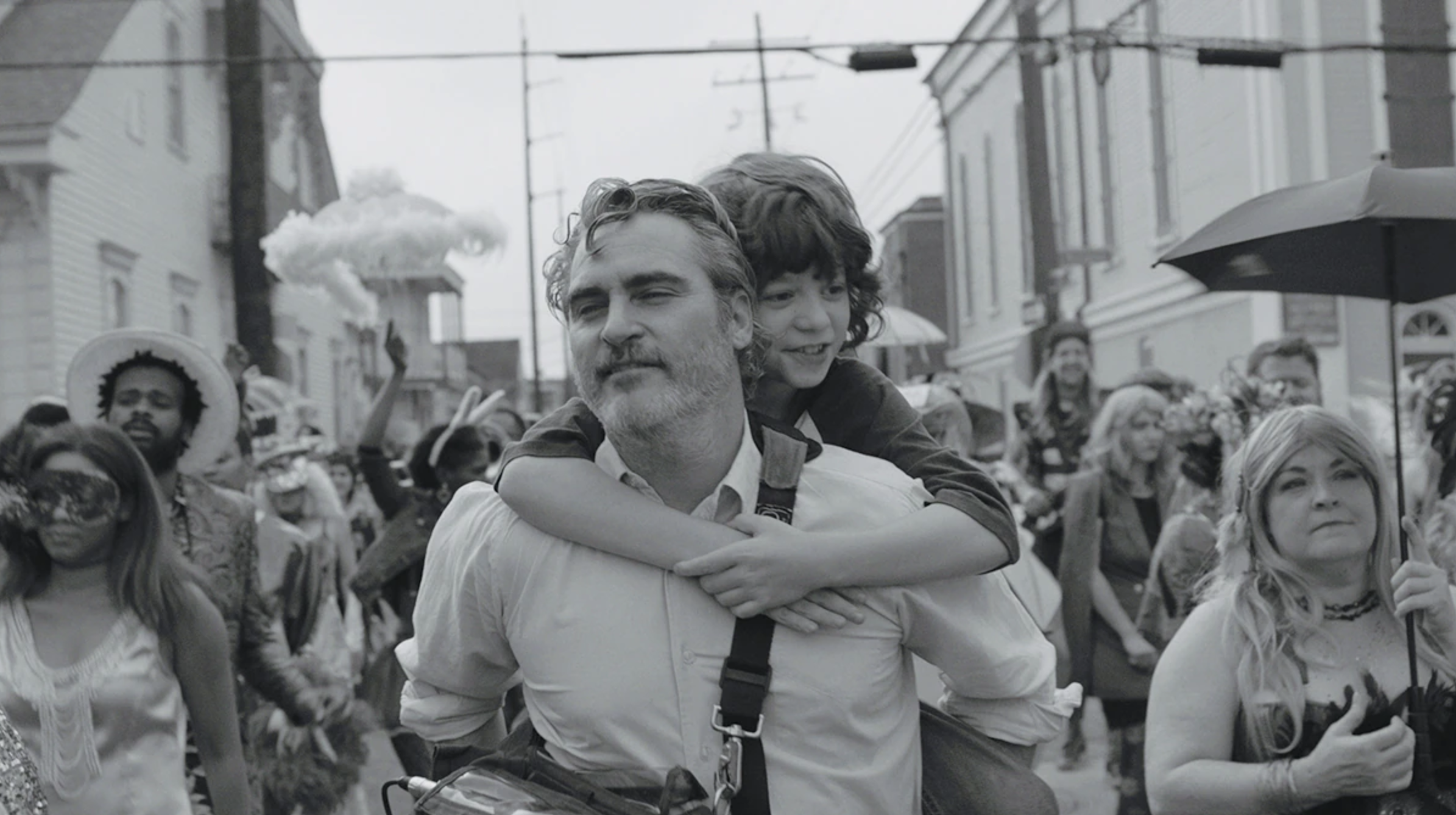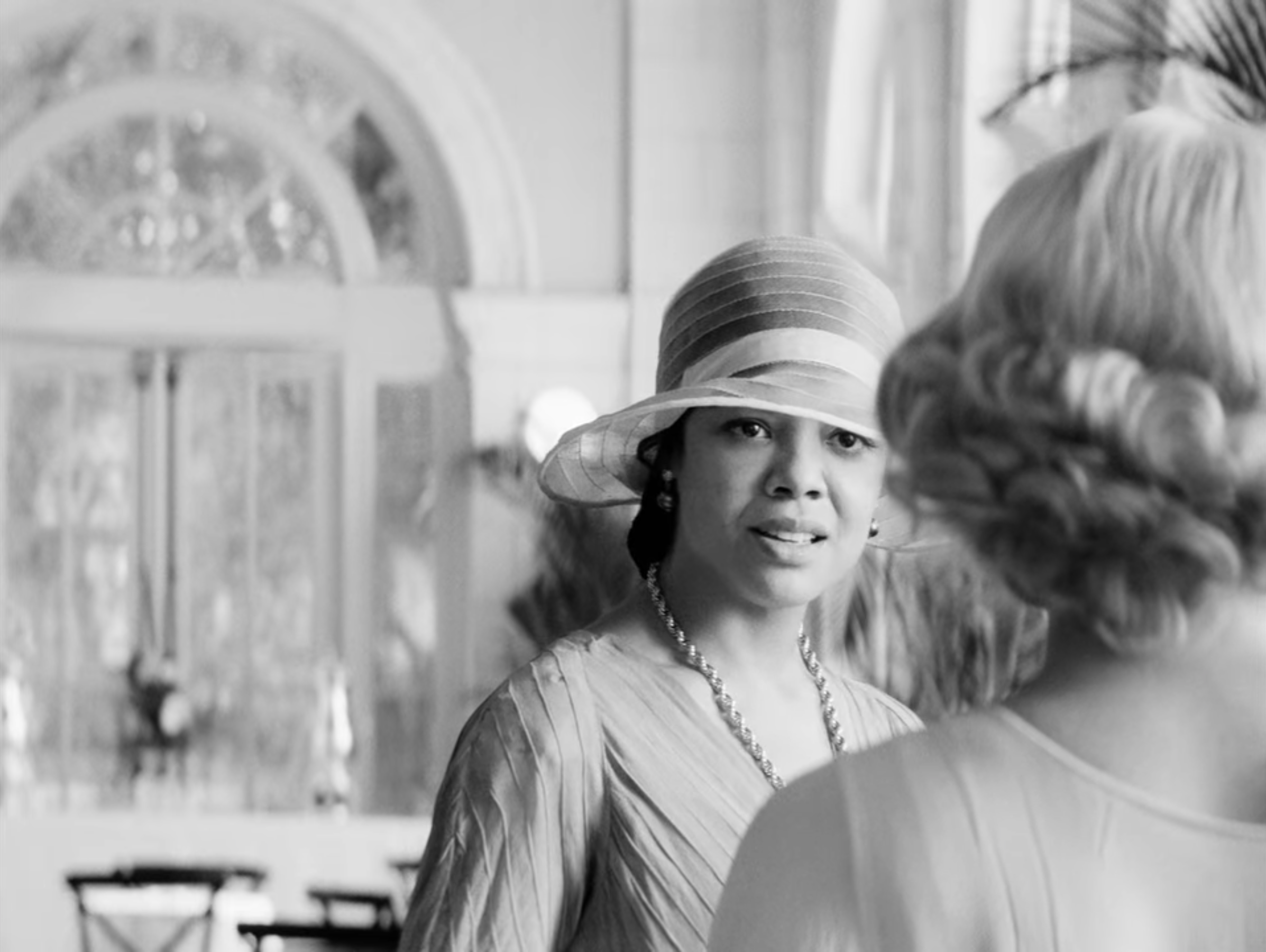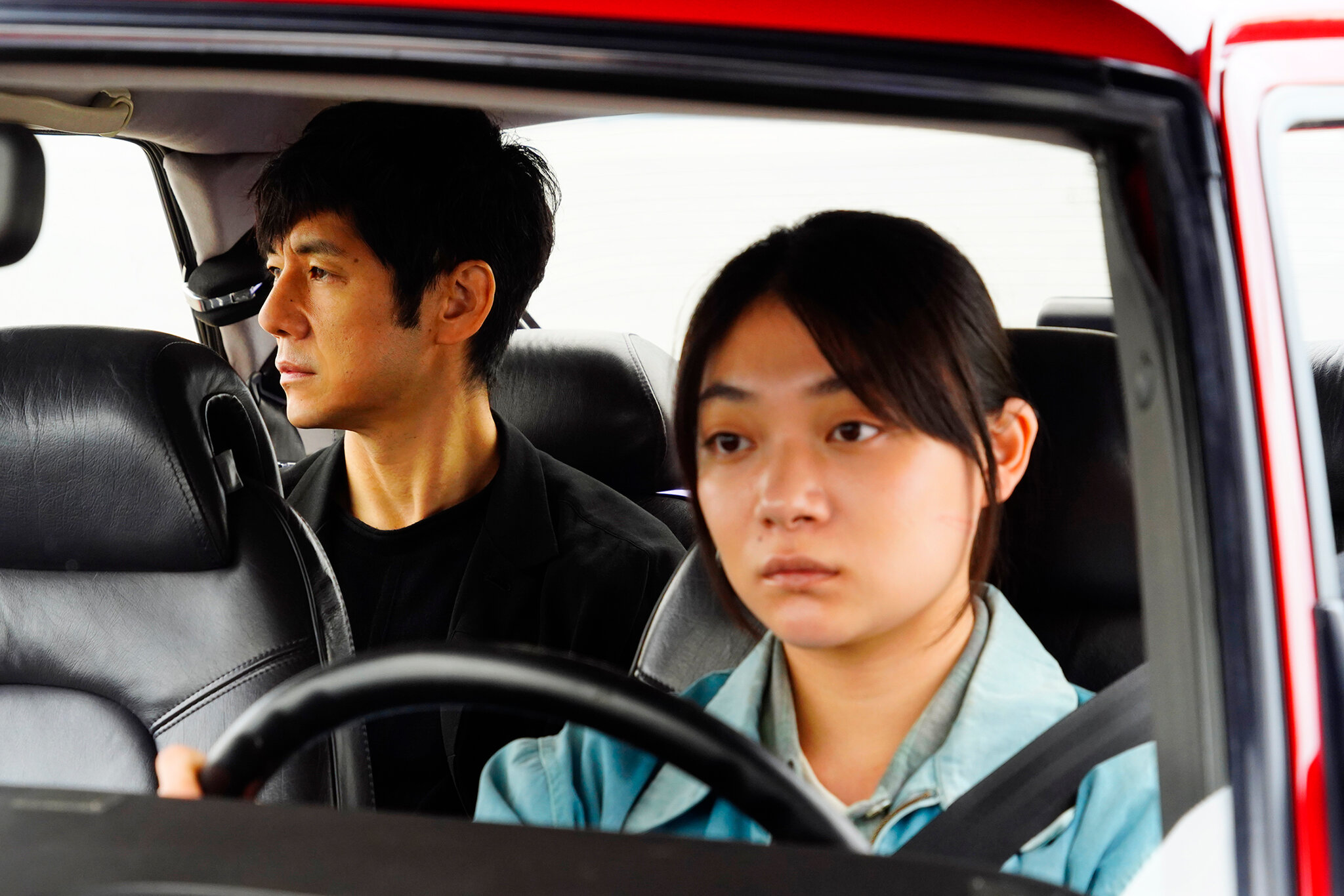Pig (2021)
Ex-chef Rob’s ability to evoke emotions so powerful that he can move hearts with a single dish may seem like the basis of a ludicrously sentimental character, but the patient honesty of both Nicolas Cage and director Michael Sarnoski sells every tender minute of his quest to recover his stolen truffle-hunting pig.

